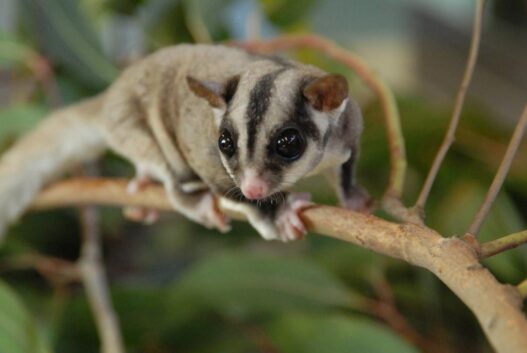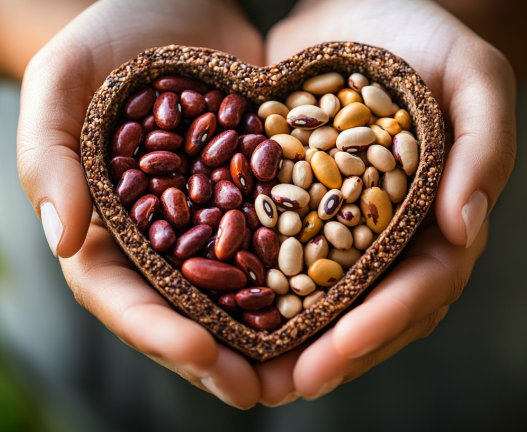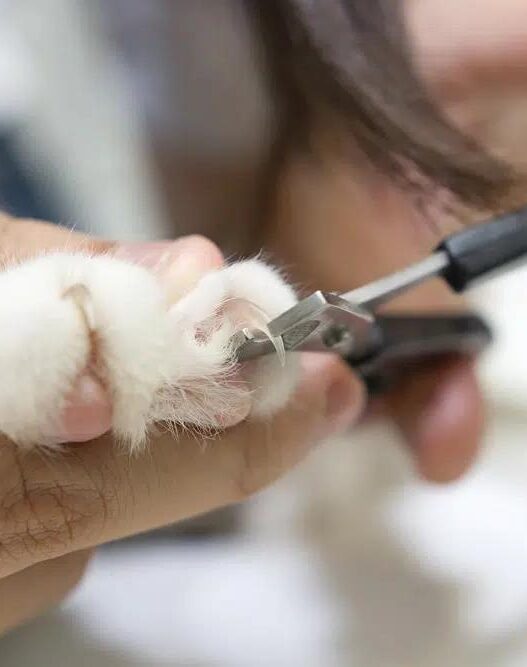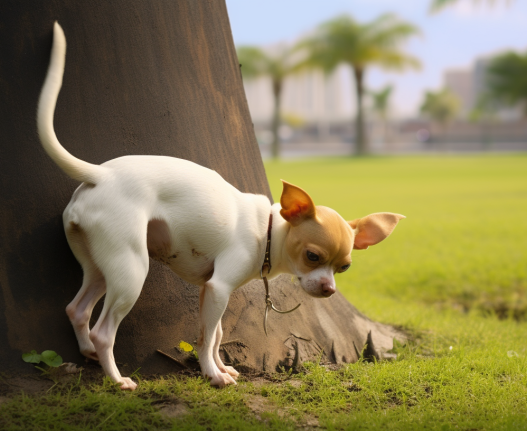Sugar gliders are one of the most fascinating pets you’ll ever encounter! These tiny, friendly marsupials love to cuddle and need special care to thrive. Let’s dive into why they’re so unique and why they could be the perfect pet for you!
Are Sugar Gliders Good Pets?
Sugar gliders are lively and interactive creatures, but they have unique needs. They require large, multi-level living spaces, especially height, so they can jump and glide freely. If you’ve ever considered owning a pet but can’t manage the demands of a dog or cat, a sugar glider could be the perfect choice, especially if you’re looking for something more interactive than a simple insect or a pet tarantula.
Native to the forests of Papua New Guinea, Indonesia, and Australia, these tiny marsupials are about the size of the palm of your hand. In captivity, they can live up to 14 years, and with proper care, they can stay healthy and robust.
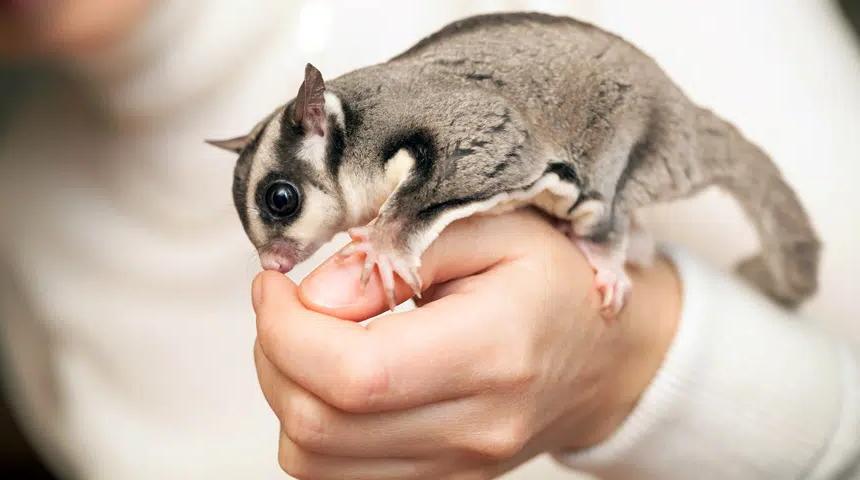
The Sugar Glider Controversy
While sugar gliders make fantastic pets, they also spark a lot of controversy. The issue? Many of these animals are taken illegally from their natural habitats and sold on the black market. Unfortunately, wild-caught sugar gliders often face problems, especially when they’re sold to uninformed buyers.
Should You Get a Sugar Glider as a Pet?
Sugar gliders are not as easy to care for as hamsters or gerbils. Their needs are more akin to that of a cat. You must feed them properly and provide a habitat designed to meet their requirements. Sugar gliders are highly social animals, so they should never be kept alone. Having a companion for them, ideally a same-sex pair or a small group, ensures their emotional well-being. Male sugar gliders, in particular, can become aggressive and territorial if there’s a female around.
In the U.S., sugar gliders are considered exotic pets, and owning one may be illegal in some states. Always check local laws before making a decision.
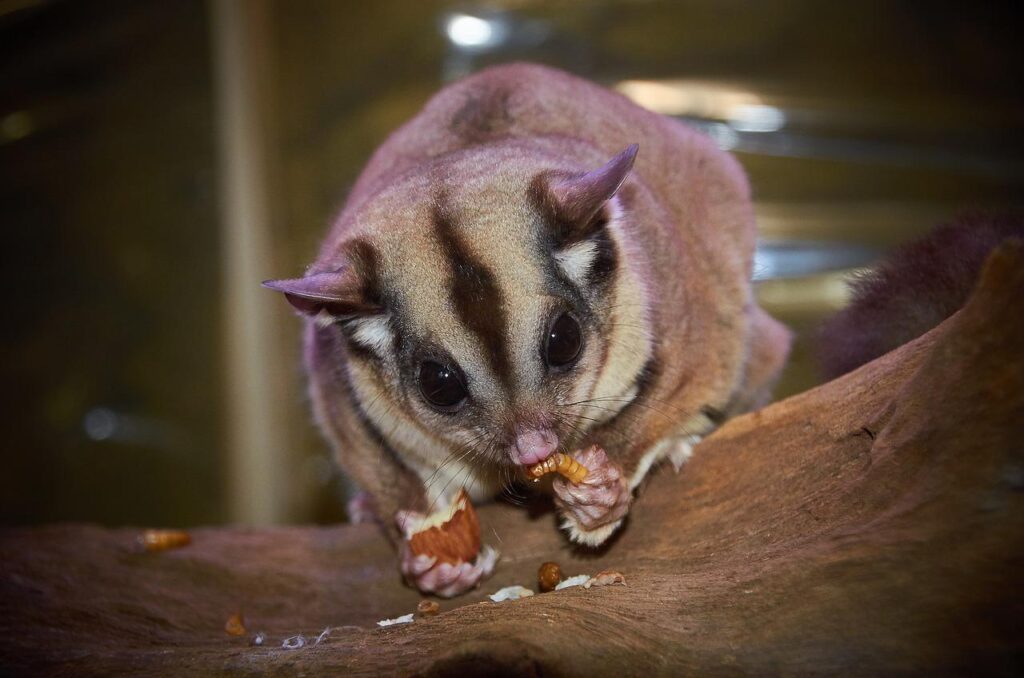
The Charm of Sugar Gliders
One of the biggest appeals of owning a sugar glider is their charming personality. These creatures are curious, intelligent, and active. They will quickly bond with you and love to play. If you want a fun companion for little adventures, they’re perfect—they’ll happily snuggle in your shirt pocket while you go about your day.
Sugar gliders can climb nearly any vertical surface, making them natural acrobats. Their signature move is leaping off high surfaces in a spectacular “gliding” fashion. They are born explorers, and it’s important to supervise them while they play and explore to ensure they don’t get into trouble.
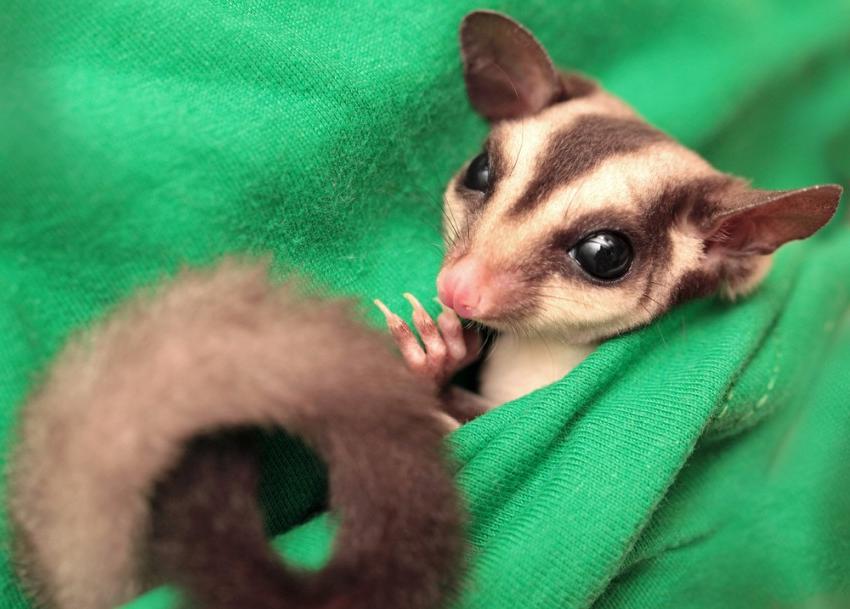
What Do Sugar Gliders Eat?
Sugar gliders are omnivores, meaning they eat a variety of foods. They enjoy fruits, vegetables, insects, protein-rich foods, and even common household items like scrambled eggs, yogurt, and nuts. You can also find specially formulated food for sugar gliders in pet stores or online.
To prevent fights over food, place several feeding stations in the cage. Make sure their water is fresh at all times, as sugar gliders can be very competitive when it comes to food.
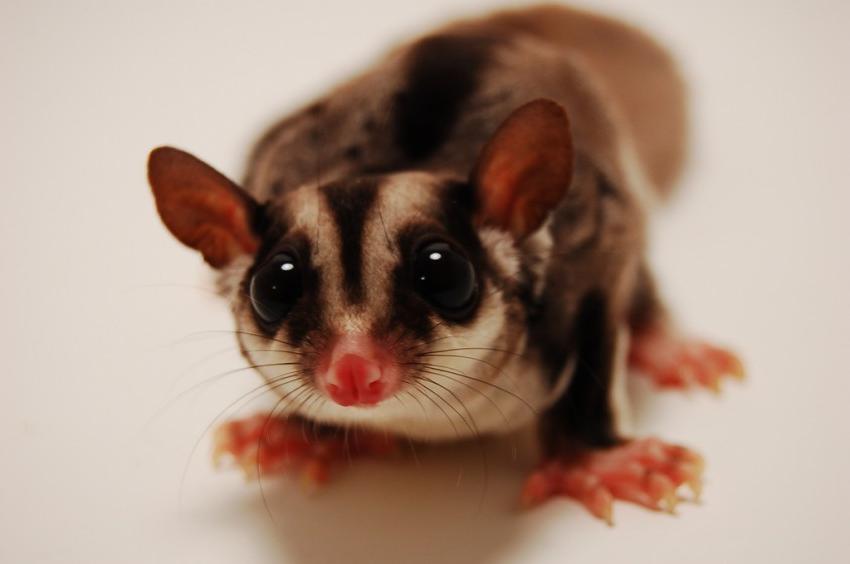
Sugar Glider: Ideal Habitat
Creating the perfect habitat for your sugar glider is crucial, especially if they come from the wild. Let’s explore what makes an ideal living environment for these amazing animals.
Sugar Glider Cage Size
Sugar gliders are far more active than many people realize. A hamster-sized cage is simply not enough! Their habitat needs to be large enough for them to jump, glide, and explore. The minimum cage size should be 2 feet wide, 2 feet deep, and 3 feet high. However, the larger the space, the better. If you can, opt for a bigger cage to make sure your sugar glider has plenty of room.
Be sure the spacing between the bars does not exceed ½ inch—sugar gliders can squeeze through tiny gaps. Avoid using uncoated wire mesh for their cages, as their claws can get stuck and cause injuries.
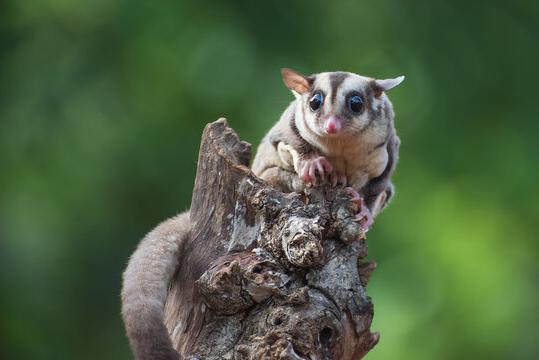
Where to Place the Sugar Glider’s Habitat
Since sugar gliders are nocturnal creatures, you should place their habitat in a quiet, dark space away from direct sunlight. Keeping their environment peaceful and calm is key to helping them thrive. A high shelf or table is a good place for their cage, allowing them to feel safe while sleeping during the day.
Bedding for Sugar Gliders
In the wild, sugar gliders nest in hollow logs, so try to replicate this in their habitat. A bird nest box or similar sleeping arrangement can provide them with a cozy, familiar place to rest.
Space for Jumping and Climbing
Sugar gliders need lots of space to jump and climb, as this is vital for their physical and emotional well-being. You can enhance their environment with branches, ropes, or even hammocks. Be sure to provide plenty of areas for your pet to leap around and explore!
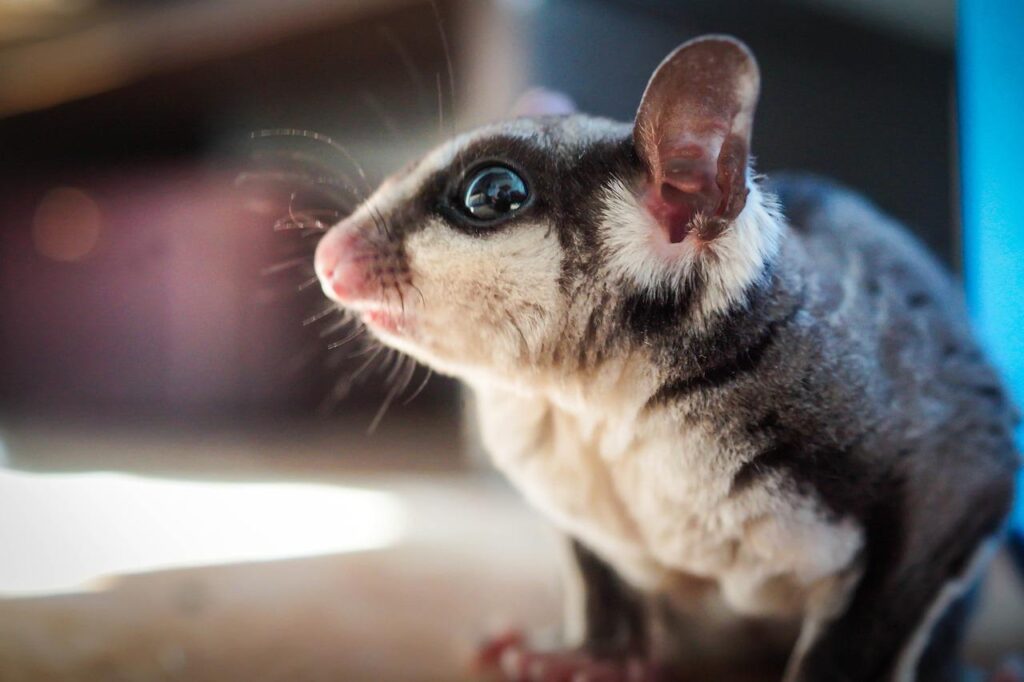
What Toys Do Sugar Gliders Like?
Sugar gliders are very active, so they need plenty of toys to keep them entertained. While specialized toys for sugar gliders can be hard to find, those made for larger parrot species can work well. They also love swings and heavy-duty ropes, which are great for playing and exercising.
Conclusion: The Joy of Owning a Sugar Glider
Sugar gliders are incredibly unique and delightful pets. While they do require special care, their playful, social nature makes them incredibly rewarding companions. By understanding their needs and providing the right habitat, you can enjoy years of fun and companionship with your new sugar glider!







